What Is A System Image? Everything You Need to Know About Creating System Image Backups
A system image, in short, is a snapshot or an exact copy of an entire hard drive. A system image is a complete backup of everything on your computer's hard drive, so it saves everthing, including Windows OS, your system settings, executables, installed programs and all other files. The biggest advantage of a system image is that if a hard drive crashes or the computer stops working, you can easily restore everything back the way it was, with no need to reinstall Windows and applications.

A System Image Essentials
You may take a look at some essential aspects of creating a system image on your hard drive, and following the proper way to restore a computer from a created system image.
#1. A system image is a file with the same file size of the backups
Since a system image is eventually a file that contains the content on a PC's hard dive, or just from one single partition, its file size is just the same of the used disk space. For example, if you have 200GB of space used on a 500GB hard drive, the system image will be around 200GB. But not for the case you compress the system image to a smaller size.
Windows inbuilt backup programs would not be able to compress a system image, the ability of file compression is basically found in professional third-party backup and recovery utilities, e.g., Qiling Backup.
#2. Different backup programs use different types of system images
You can only use the same tool to backup a computer so as to be able to restore the computer from the image backup. Windows creates system images with the .xml and .vhd file extensions, while third-party programs use their own file extensions. To ensure the system image is valid to restore it, you can keep several backup tools but make sure that image A is created by tool A, and image B is by tool B. Each backup image file is independent when it comes to restore.
How Does Windows Backup Work?
How does Windows backup work? This article gives full explanation to the three backup tools, including File History Windows 8/10...
How to Create A Reliable System Image for Windows 10/8/7
Windows has its native system image backup solution included in the Backup and Restore feature. But here what we want to share before the default program is a third-party alternative - Qiling Backup. It's a free Windows backup tool that makes the system backup as easy as one click, and offers unique features over the default program as follows:
- Compress a system image to save disk space
- Encrypt a system image to protect privacy
- Execute a system backup when you turn on/off the computer
- Automatically backup to external hard drive when plugged in
- Save the system image to cloud drive
- Set task for full/differential/incremental backup
What makes the Qiling disk imaging software the top one choice is not limited to the given free features in backing up the entire operating system, if you require more advanced features, such as restore a system image to a different computer, you can upgrade to a home version to enjoy that.
Step 1. Download and launch Qiling Backup.
Step 2. On the "Backup and recovery page, click "System backup" to back up Windows 10.
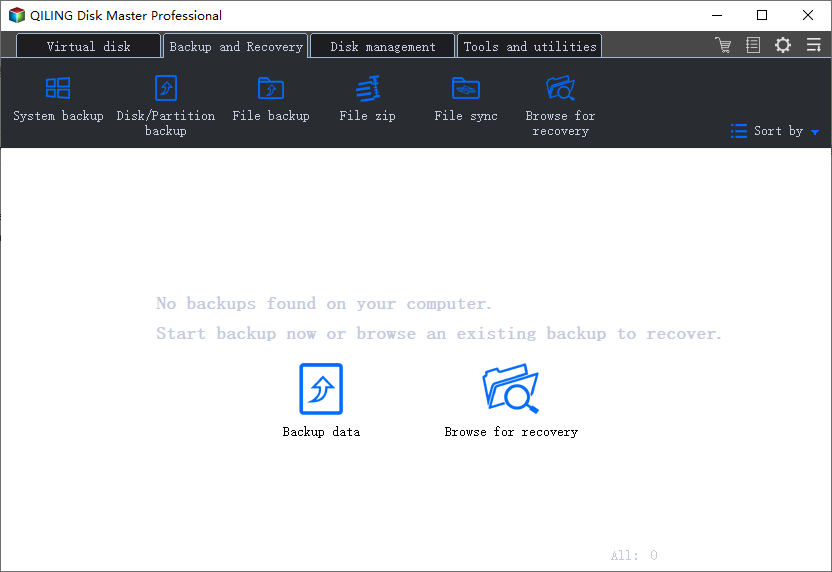
Step 3. Select the backup destination, the software will choose the most suitable location by default.
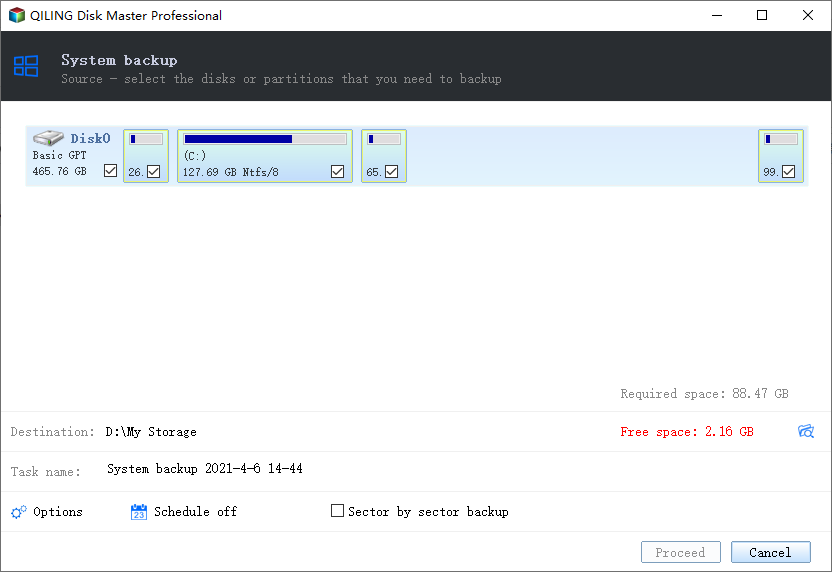
Step 4. Click "Schedule" option to open the Backup Scheme window, here you can create a scheduled backup plan to backup Windows 10 later, daily, weekly, monthly or upon an event. Then, your Windows 10 will be automatically backed up.
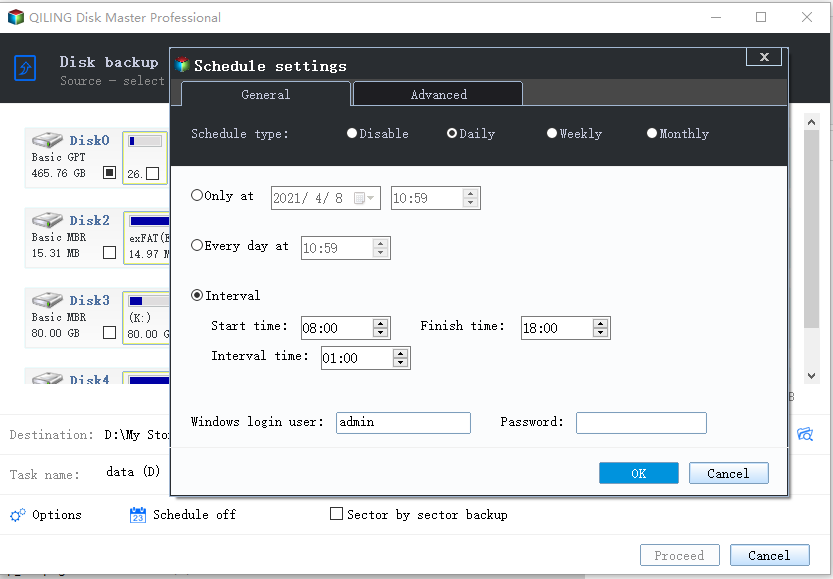
Step 5. Save all of the changes. Click "Proceed" to start Windows 10 system backup.
How to Restore Computer from A System Image
As we describled, you must use the same tool to create and restore a system image to ensure the 100% compatibility. Once you've created a system backup image using Qiling Backup, in case you have the need to restore a crashed or damaged computer from the system image, follow the guide in the following.
Step 1. Open Qiling Backup, click the "Recovery" button on System Backup column.
Or click "Browse to Recover" to select the system backup you created in advance.

Step 2. Choose one History version of the backup image, after confirming the contents, click the "Next" button.
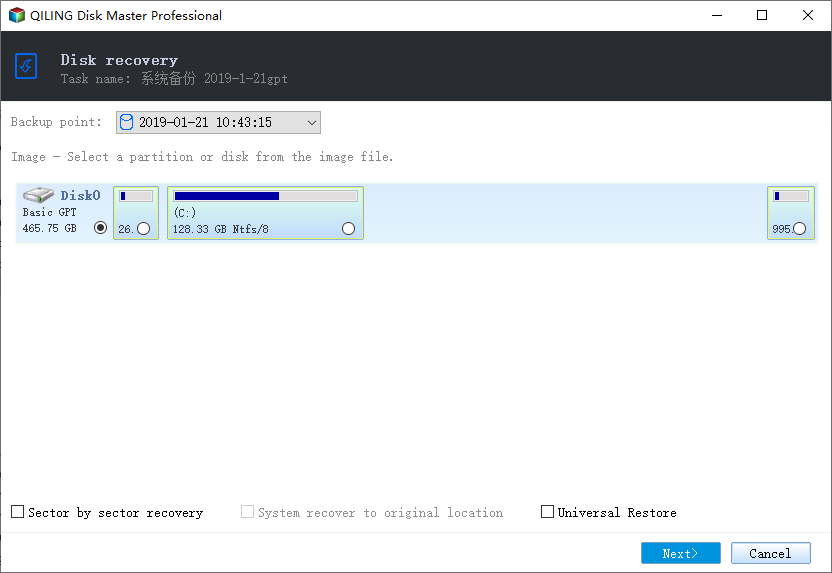
And select the target location to restore your Windows.
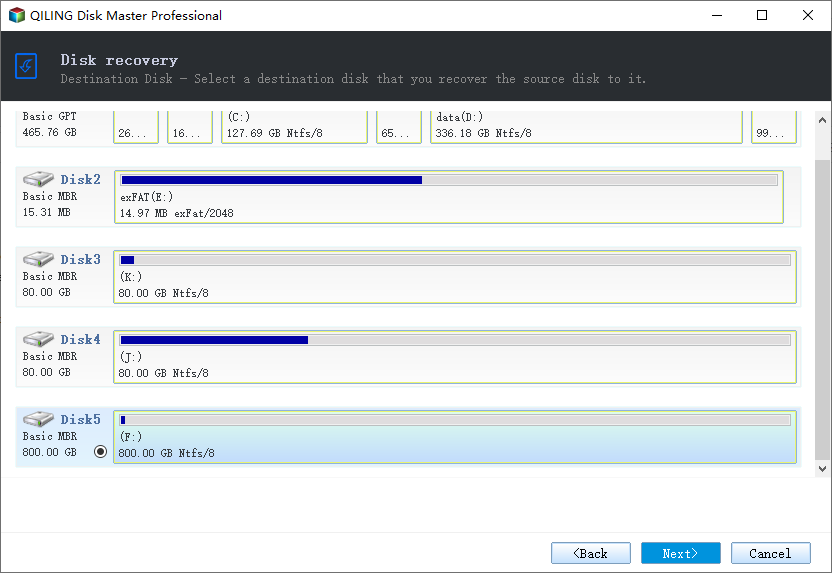
Step 3. Then click "Proceed" to start backup recovery.
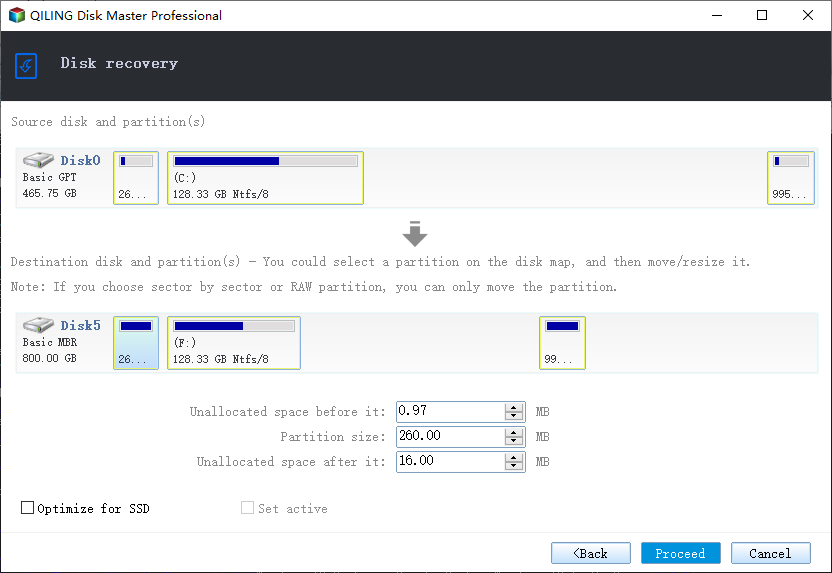
Wait for the process to complete, restart your computer and then you should be able to run Windows OS on your computer again.
Related Articles
- Run Disk Clone Windows 10 with Qiling Backup
- Create System Image on USB Drive in Windows 10/8/7
- How to Clone C Drive to SSD in Windows 10
- Bootable USB Drive Not Showing Up or Recognized in Windows 10/8/7
- Deploy Windows 10 with Best Windows 10 Deployment Tool